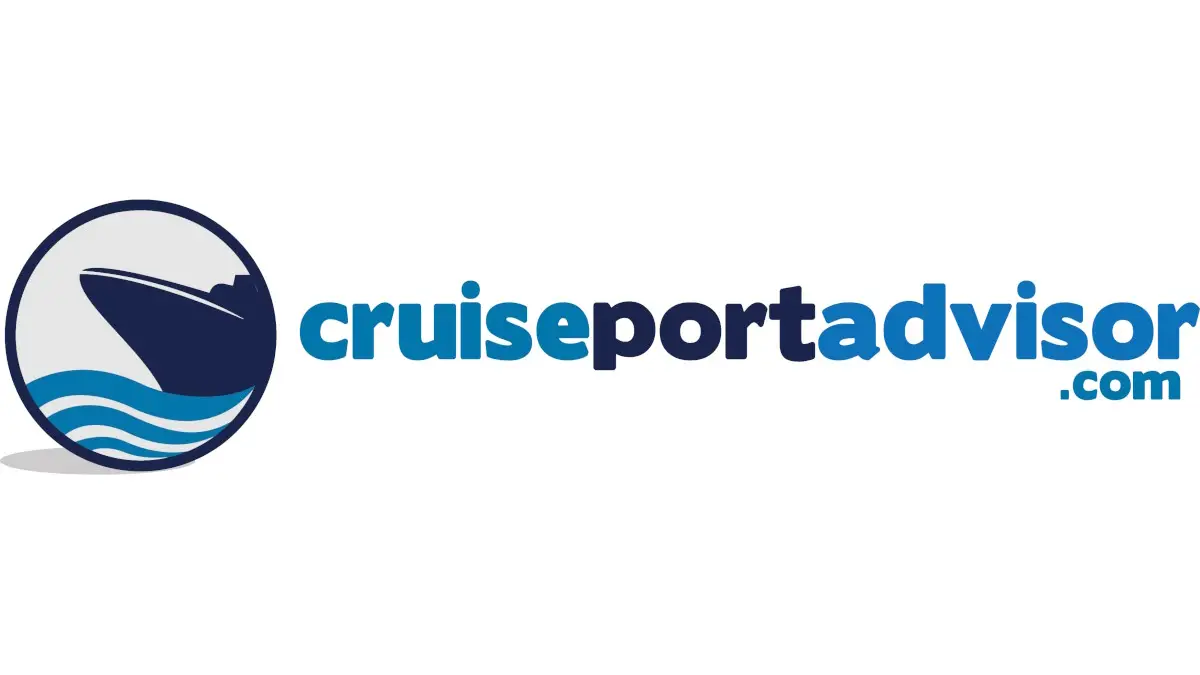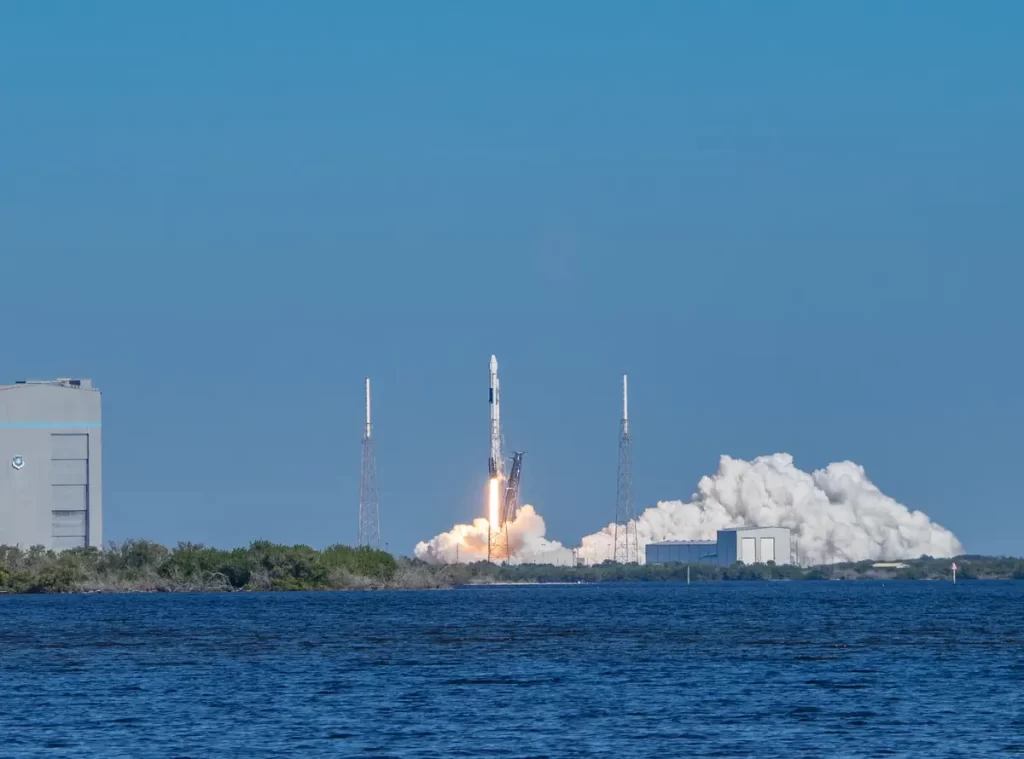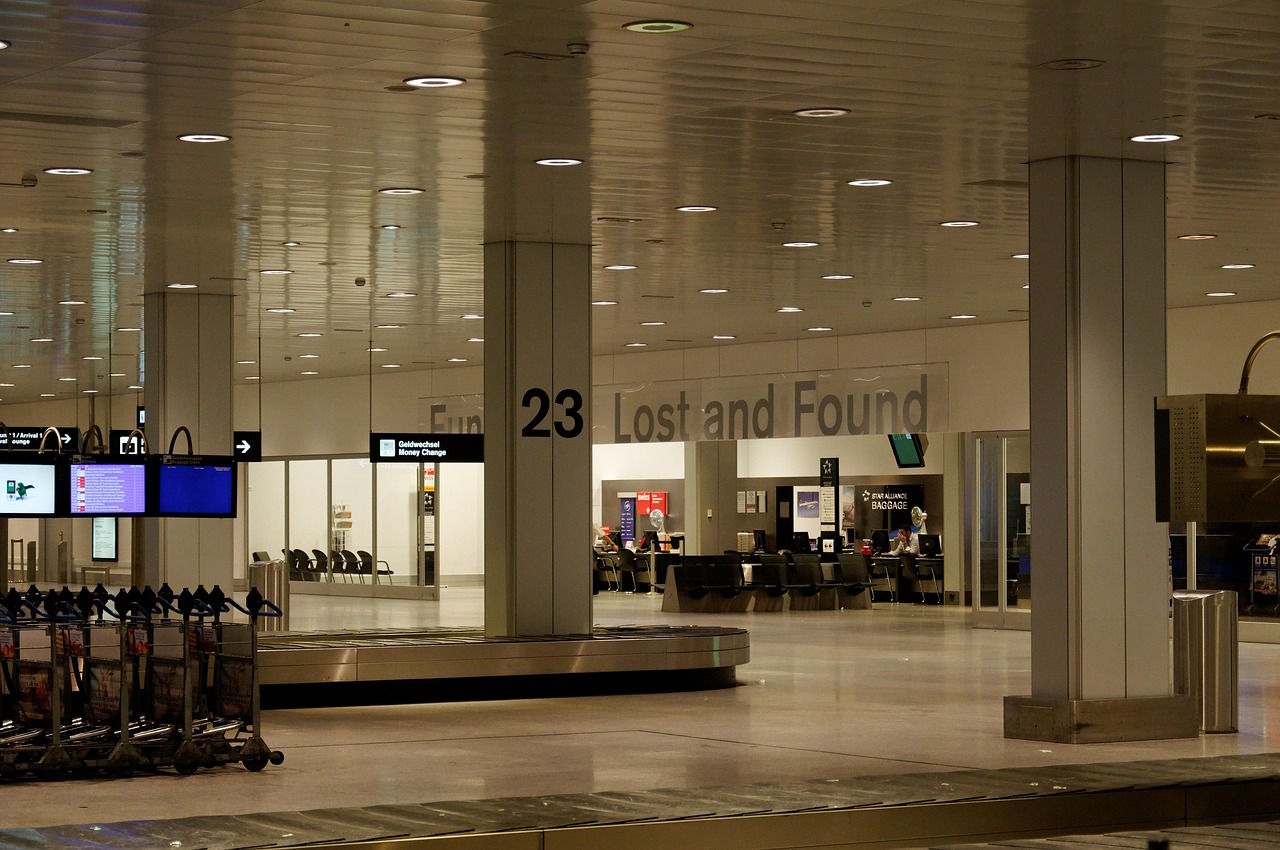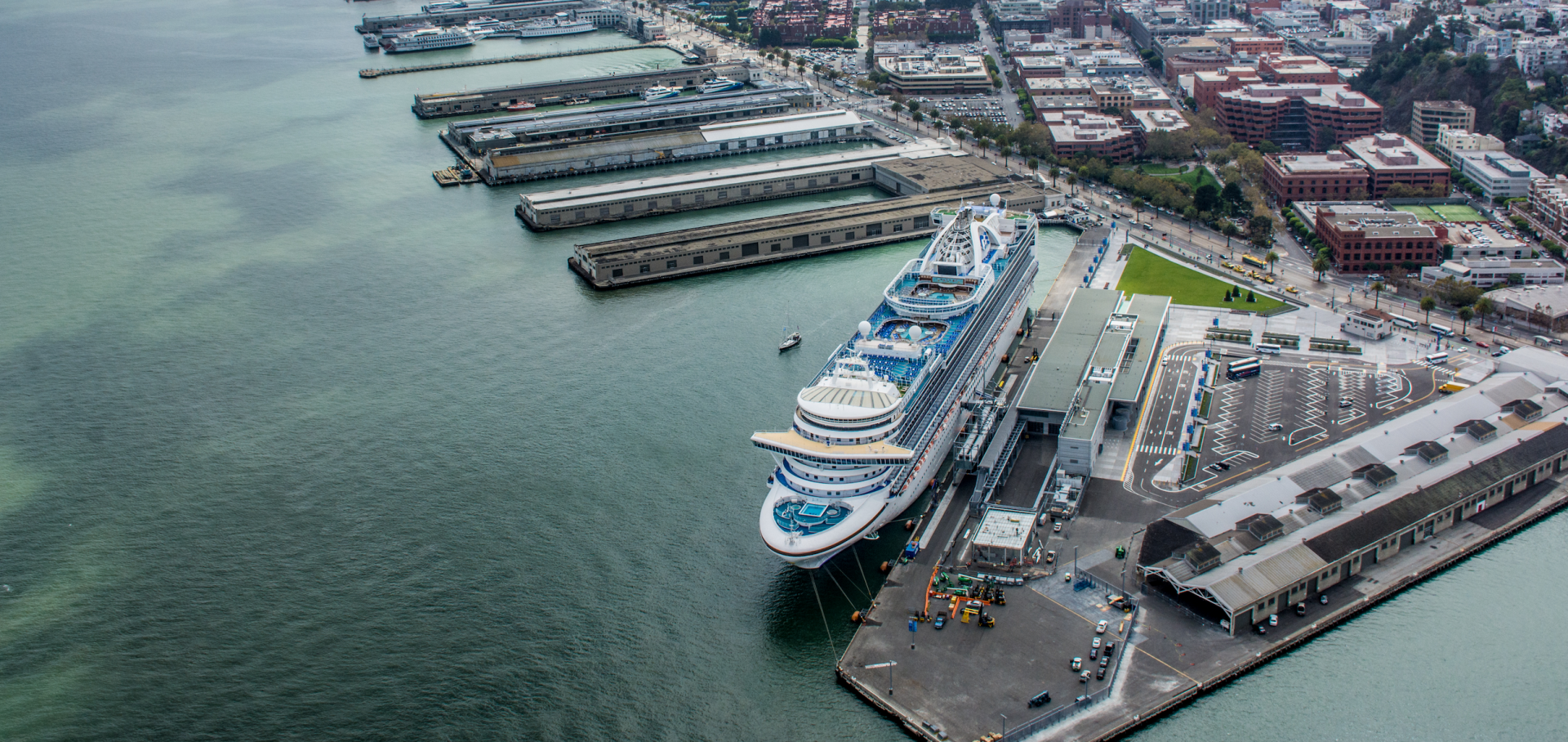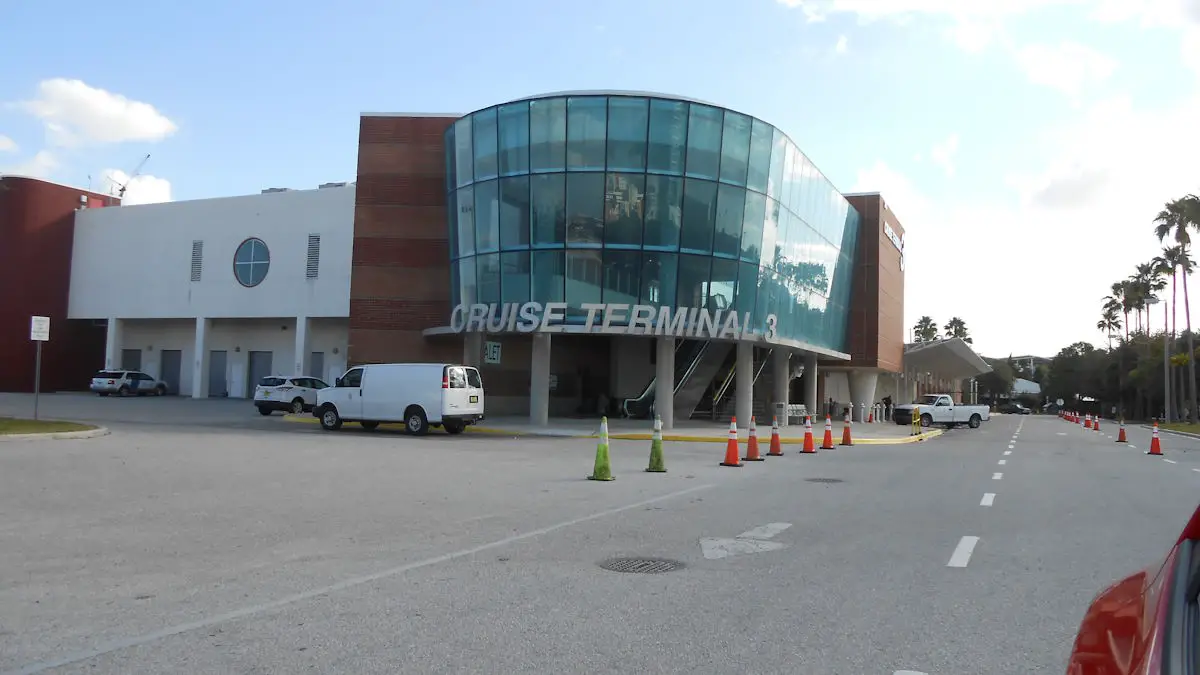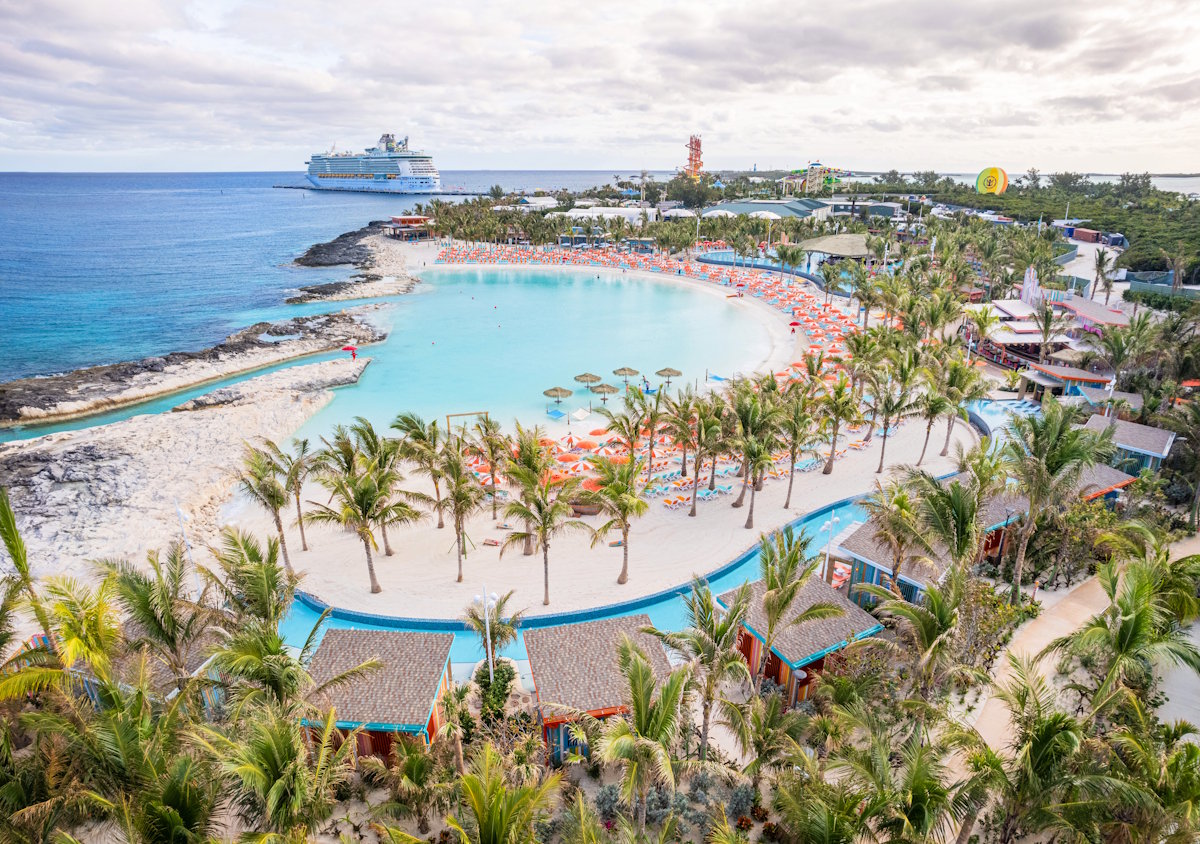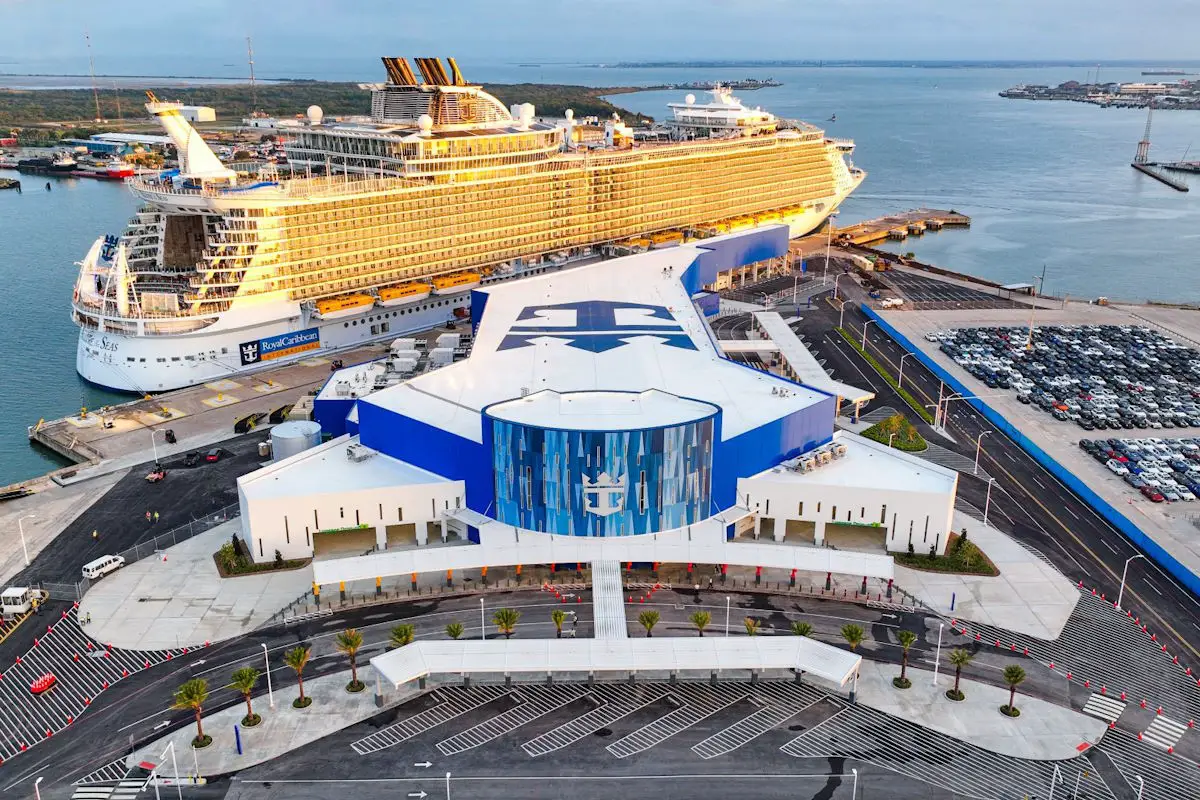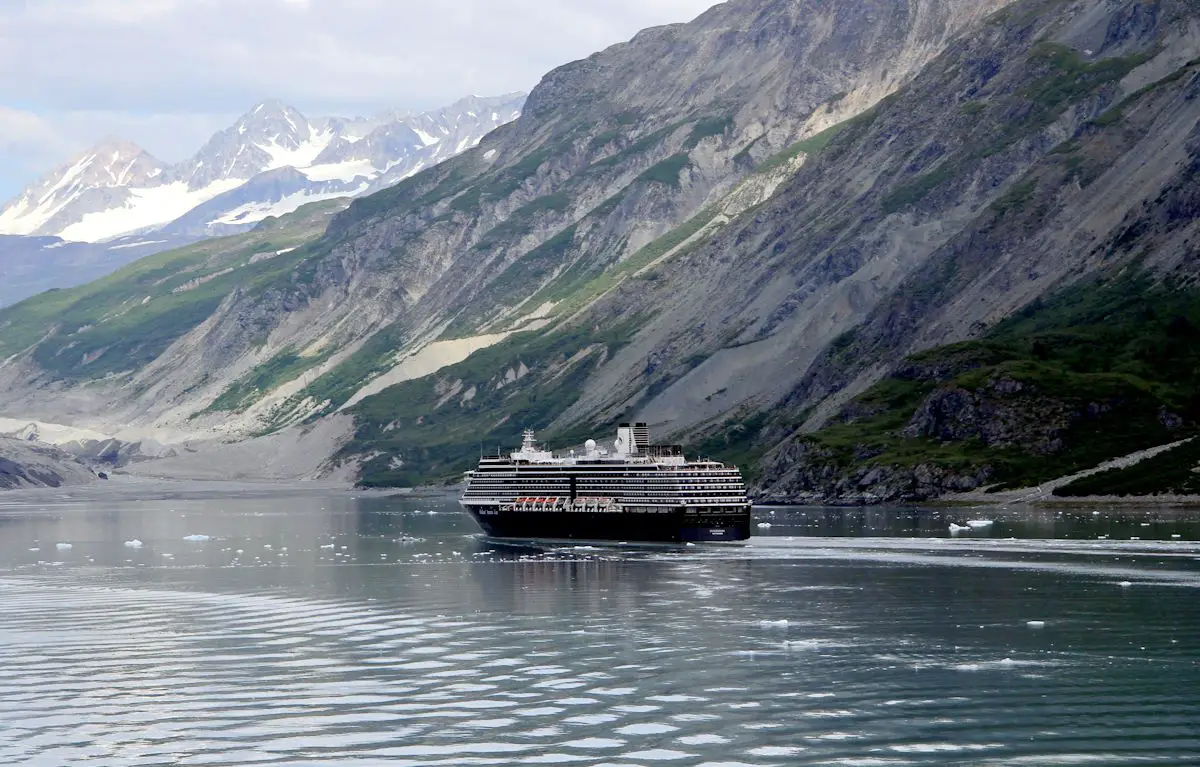PortMiami has long been considered the “Cruise Capital of the World,” with its bustling terminals welcoming millions of passengers each year. However, recent statistics have shown that another port has surpassed Miami in terms of cruise passenger counts: Port Canaveral. This shift in the industry has significant implications for both ports and the cruise industry as a whole.
According to a report released by the Cruise Lines International Association, Port Canaveral welcomed over 4 million passengers in the 2022 fiscal year, surpassing the Port of Miami’s 4.02 million passengers. This marks the first time in over 50 years that Miami has lost its title as the world’s busiest cruise port. The report also noted that Port Everglades, located in Fort Lauderdale, came in third with 3.88 million passengers.
This development has sparked a lot of discussion in the industry, with some experts attributing Port Canaveral’s success to its strategic location and expansion efforts. The port is located just 45 miles east of Orlando, making it an ideal embarkation point for passengers visiting Florida’s theme parks.
Additionally, Port Canaveral has invested in new terminals and amenities to attract more cruise lines and passengers. As a result, it has seen significant growth in recent years, with a 21% increase in passenger counts since 2018.
Table of Contents
ToggleHistory of Port of Miami
The Port of Miami, located in Biscayne Bay at the mouth of the Miami River in Miami, Florida, has a rich history dating back to the late 1800s. The port was officially established in 1960, but its origins can be traced back to the efforts of landowners Julia Tuttle and William and Mary Brickell, who persuaded Henry Flagler to extend his Florida East Coast Railroad south and build a port city. Flagler’s first passenger train reached Miami in 1896, and the city of 300 residents was then incorporated.
Early Days
In the early days, the port primarily served as a gateway for agricultural products and raw materials. The port’s location on the Atlantic Ocean made it an ideal hub for trade between North and South America. The port’s facilities were gradually expanded and modernized over the years, allowing it to handle larger and more diverse cargo shipments.
Recent Years
In recent years, PortMiami has become known as the “Cruise Capital of the World.” The port has been a major hub for the cruise industry since the 1970s, with several major cruise lines operating out of its terminals. The port’s location in the heart of Miami’s bustling downtown area has made it a popular destination for tourists and travellers.
However, the port has faced stiff competition from other ports in Florida, most notably Port Canaveral. The rise of Port Canaveral as a major cruise hub has been fueled by its proximity to Orlando’s theme parks and attractions, as well as its modern facilities and excellent transportation links.
Despite this competition, PortMiami remains an important economic engine for the state of Florida and the city of Miami. The port generates billions of dollars in economic activity each year, supporting thousands of jobs and businesses in the region. The port also plays a vital role in the global supply chain, facilitating the movement of goods and products between North and South America.
Port Canaveral Takes Over
In 2022, Port Canaveral welcomed more than 4 million cruise passengers, solidifying its position as the top cruise port in the world.
Port Canaveral’s success is due in part to its strategic location on Florida’s east coast, just an hour away from Orlando International Airport and the popular tourist destination of Disney World. The port’s proximity to these attractions has made it a popular choice for cruise passengers looking to extend their vacations before or after their sailings.
Port Canaveral is home to several major cruise lines, including Carnival, Norwegian, and Disney. These cruise lines offer a wide variety of sailings, from short weekend getaways to longer voyages to the Caribbean and beyond. In 2022, Norwegian Cruise Line’s Norwegian Breakaway became the largest ship to ever homeport at Port Canaveral, offering seven-night sailings to the Eastern and Western Caribbean.
In addition to its cruise offerings, Port Canaveral has also made significant investments in its infrastructure to accommodate the growing number of cruise passengers. In 2023, the port plans to invest $175 million in a new terminal, which will be able to accommodate the largest cruise ships in the world, including Carnival’s Mardi Gras and MSC Cruises’ MSC Meraviglia.
The success of Port Canaveral has not gone unnoticed by industry experts. The Florida Ports Council named Port Canaveral the “Best Cruise Port” in 2022, citing its excellent facilities and customer service. Port Canaveral also earned the title of “Best Homeport” in the same year, recognizing its status as a top starting point for cruise vacations.
Port Canaveral’s rise to the top of the cruise industry has been impressive, and its continued investments in infrastructure and customer service are sure to keep it at the forefront of the industry for years to come. With its strategic location, excellent facilities, and top-notch cruise offerings, Port Canaveral is a must-visit destination for any cruise enthusiast.
Port of Miami’s Response
The Port of Miami has responded to this challenge by taking several measures to retain its position as a leading cruise port. The port has invested heavily in infrastructure, including the construction of new terminals and the expansion of existing ones. The port has also worked closely with cruise lines to provide a seamless and efficient experience for passengers.
One of the key initiatives undertaken by PortMiami is the implementation of shore power. Shore power is a technology that allows cruise ships to plug into the electrical grid while docked, instead of running their engines and generating pollution. The port has partnered with Florida Power & Light and the six leading cruise lines operating from the port to explore the possibility of adding cold ironing capabilities to the port.
The port has also focused on enhancing the passenger experience by providing a range of amenities and services. The port has partnered with local businesses to offer a variety of dining, shopping, and entertainment options for passengers. The port has also implemented a range of health and safety measures to ensure the well-being of passengers and crew.
In addition, the Port of Miami has worked closely with the local community to ensure that the port’s operations are sustainable and responsible. The port has implemented a range of environmental initiatives, including the PortMiami Deep Dredge Project, which expanded the port by dredging the bay to allow new, larger cargo ships to enter the port. The project was related to the “New Panamax” project that was completed in 2016, which involved a major expansion of the Panama Canal.
Despite the challenges posed by the rise of Port Canaveral and other ports in Florida, PortMiami remains a major player in the cruise industry. The port’s response to these challenges has been proactive and strategic, with a focus on enhancing the passenger experience, improving infrastructure, and implementing sustainable and responsible practices.
This page contains affiliate links for which we may receive financial compensation when a purchase has been made through one of our affiliate partners.
About Jonathon Hyjek
Jonathon is the tech guy behind CruiseportAdvisor.com. When he's not stuck in front of his computer, Jonathon enjoys travel & cruising (even after being on a cruise ship that caught fire - a story for another day!)
